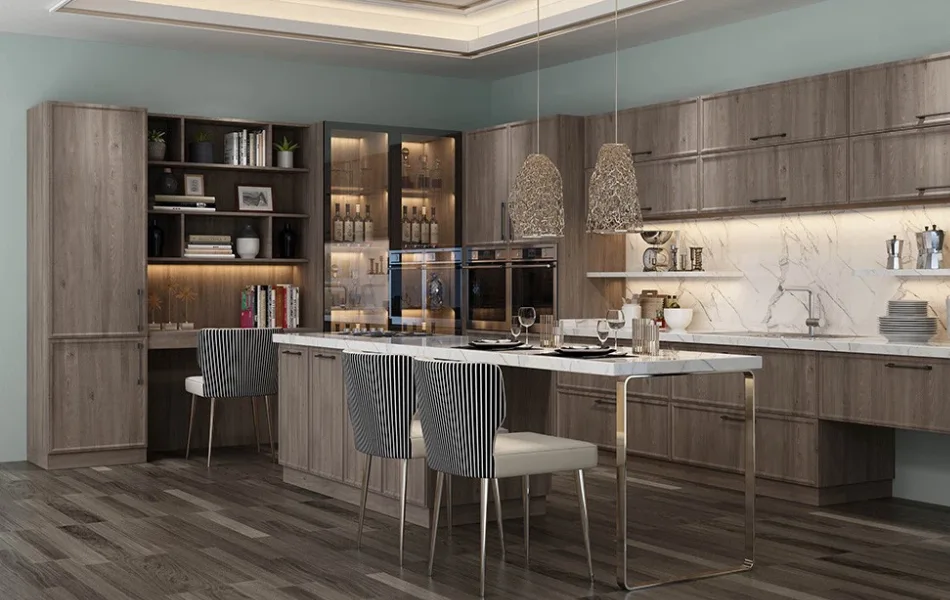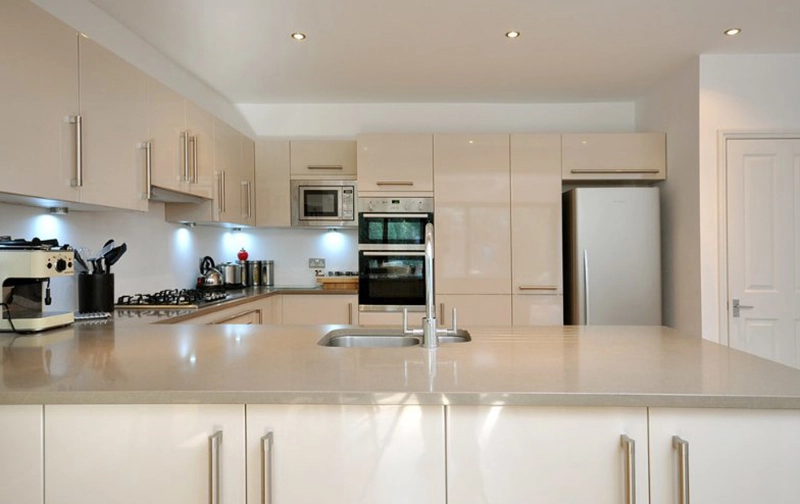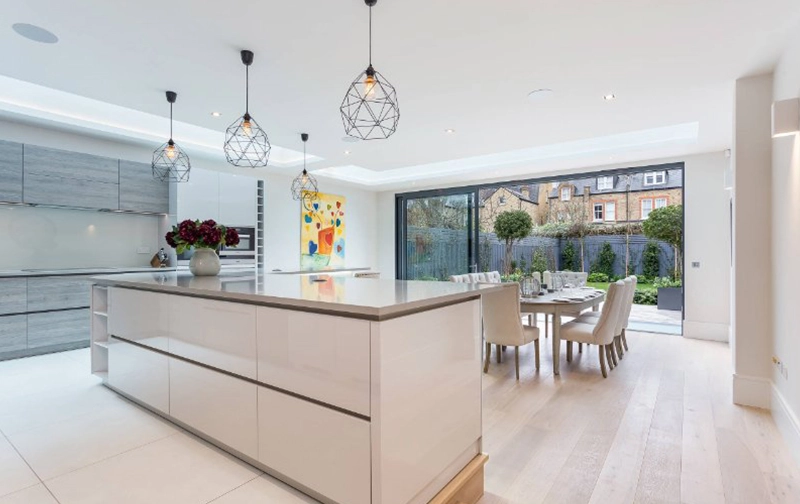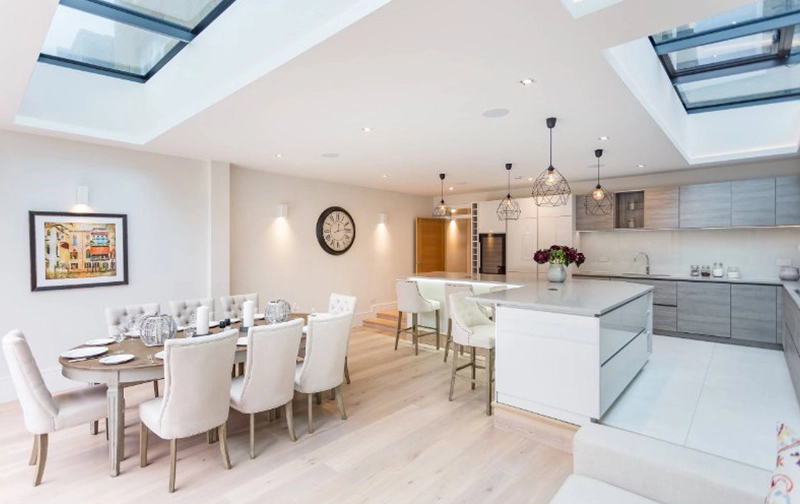
An island is a versatile and functional addition to any kitchen. It not only serves as an additional workspace but also offers several other benefits that can enhance the overall functionality and aesthetics of your kitchen. If you’re wondering why you should consider incorporating an island into your kitchen design, here are some compelling reasons:
Extra Work Surface: One of the primary reasons for having an island in the kitchen is the additional work surface it provides. With the extra countertop space, you have more room for meal preparation, chopping, mixing, and other cooking tasks. This is particularly beneficial if you have a larger family or enjoy hosting gatherings where multiple people can work in the kitchen simultaneously.
Increased Storage: Kitchen islands often come with built-in cabinets, drawers, or shelves, offering valuable storage space. You can use these storage options to store pots and pans, small appliances, utensils, and other kitchen essentials. Having everything within easy reach helps to keep your kitchen organized and clutter-free.
Enhanced Functionality: An island can house various kitchen appliances, such as a cooktop, sink, or dishwasher. This configuration allows for a more efficient workflow, as you can easily move between the different workstations without having to walk back and forth across the kitchen. It also promotes better interaction and engagement with family members or guests while you cook.


Additional Seating: If you have space, adding seating to your kitchen island can create a casual dining area or a gathering spot for family and friends. It provides a convenient place for quick meals, morning coffee, or homework sessions. The seating area can be in the form of bar stools, chairs, or even a built-in bench, depending on your preferences and available space.
Design and Aesthetic Appeal: An island can serve as a focal point in your kitchen, adding visual interest and enhancing the overall design. It allows for creative customization, such as incorporating unique countertop materials, decorative lighting fixtures, or decorative panels on the sides. The island can be designed to complement the style of your kitchen, whether it’s modern, traditional, or eclectic.
Versatility and Flexibility: Kitchen islands are incredibly versatile and can be used for various purposes beyond cooking. They can serve as a buffet or serving area during parties, a workspace for homework or crafts, or even as a casual spot for entertaining guests while you prepare meals. The flexibility and adaptability of an island make it a valuable asset in any kitchen.



When considering adding an island to your kitchen, it’s essential to assess your available space and kitchen layout. Ensure that there is enough room for traffic flow and that the island doesn’t impede the functionality of your kitchen. Consulting with a professional kitchen designer can help you optimize the design and placement of your island to maximize its benefits.
In conclusion, the addition of a kitchen island brings numerous advantages, including extra work surface, increased storage, enhanced functionality, additional seating, design appeal, and versatility. Whether you have a large or small kitchen, incorporating an island can transform it into a more efficient, organized, and enjoyable space for cooking, dining, and entertaining.